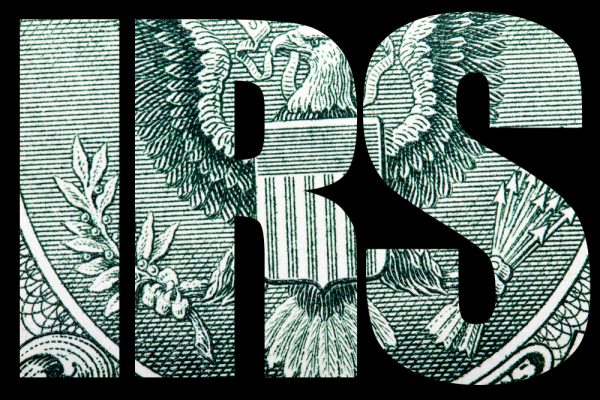
Creating Nonprofit Chapters and Affiliates
Successful nonprofits often look to grow by creating nonprofit chapters and affiliates in other geographic areas, including other countries. Nonprofit organizations organized geographically into chapters

Successful nonprofits often look to grow by creating nonprofit chapters and affiliates in other geographic areas, including other countries. Nonprofit organizations organized geographically into chapters
The IRS today issued guidance (Revenue Procedure 2011-15) that will allow more tax-exempt organizations to file the simplified e-Postcard rather than the Form 990-EZ or the standard Form 990.
For tax years beginning on or after January 1, 2010, most tax-exempt organizations whose gross annual receipts are normally $50,000 or less will be eligible to file the e-Postcard. Previously, the threshold was set at $25,000 or less. Supporting organizations of any size are still not eligible to file the Form 990-N. So, for the 2010 tax year, the new filing requirements are as follows:

Dissolution is something no nonprofit board member or CEO wants to face, however, it does not have to mean failure of the nonprofit’s mission. With the right strategic partner and a will to collaborate, there is nearly always a way to save the programs that provide the greatest benefit to the community.
The Pension Protection Act of 2006 (“Act”) offered the first definition of a donor-advised fund. According to the Act, a fund must have the following three characteristics to be a donor-advised fund, and if any of these characteristics is missing, the fund is not a donor-advised fund.

Public disclosure requirements applicable to tax-exempt organizations.

Since Charity Lawyer’s last blog post on the Low-Profit Limited Liability Company, there has continued to be significant legislative activity across the country in support of the L3C though no corresponding uptick in foundation support. Louisiana, Maine, and North Carolina have signed L3C legislation into law. These three states join the following jurisdictions in recognizing the L3C: Illinois, Michigan, Utah, Vermont, Wyoming, the Oglala Sioux Tribe, and the Crow Indian Nation of Montana. In the following states, legislators have formally introduced L3C legislation: Arkansas, Colorado, Kentucky, Maryland, Massachusetts, Missouri, Montana, New York, North Dakota, Tennessee, and Virginia.
Finding support and funding in the nonprofit world is often more challenging than finding funding for a for-profit venture. In addition, contrary to the belief of many nonprofit founders, foundation grant dollars do not grow on trees and are, in fact, the most competitive and scarce source of funding available.
Following initial reports that the measure had failed, officials announced Sunday that Arizona voters approved Proposition 203, a measure that will legalize medical marijuana, by a razor thin margin of 4,300 votes.
As we have pointed out before ,Proposition 203 requires medical marijuana dispensaries to be formed as nonprofit entities but does not require that they incorporate or that they operate on a tax-exempt basis. Accordingly, we expect most dispensaries to operate as nonprofit corporations that are taxed as for-profits to avoid the burdensome restrictions applicable to tax-exempt organizations.

The idea behind Code Section 502’s prohibition on exemption for Feeder Organizations is that one cannot convert a for-profit business into a charity simply by contributing all of the profits to charitable organizations. The policy rationale is that permitting businesses to operate on a tax-free basis just because they donate their proceeds to charity permits unfair competition in the marketplace.

To qualify as a U.S. “Friends Of” affiliate of a foreign charity, U.S. law dictates how the U.S. organization must relate to its foreign affiliate. Under United States tax law, U.S. Friends of organizations must be operated independently of the foreign organizations they support.
Most states require you to register your organization if you solicit donations from their residents. Many states also require registration if your organization collects substantial or ongoing donations from their residents, even if you aren’t specifically targeting donors in that state. Download our comprehensive list of each state’s requirements.
Download our free guide to learn about the many elements needed to run a successful nonprofit organization, as well as how to avoid common pitfalls and mistakes.